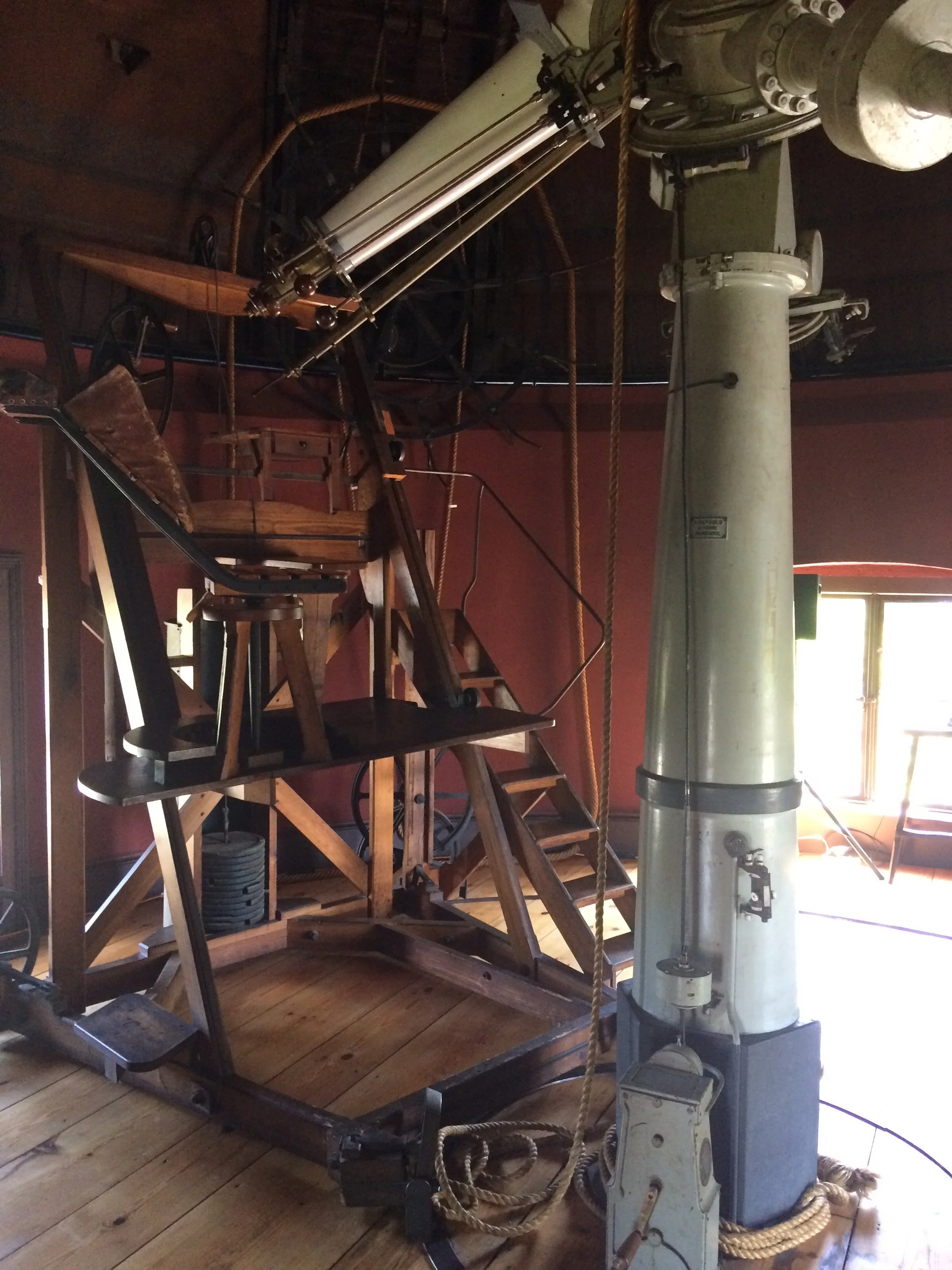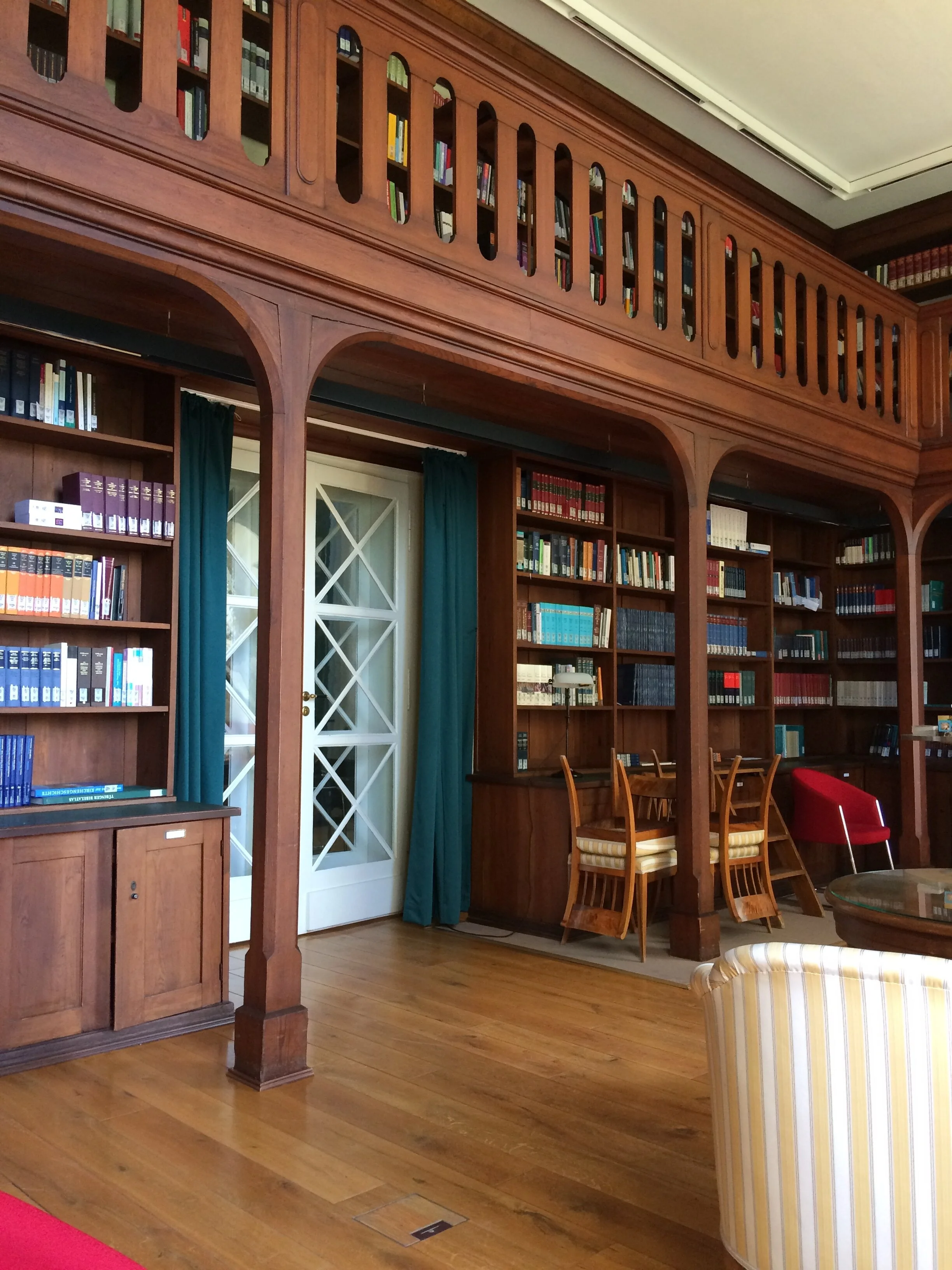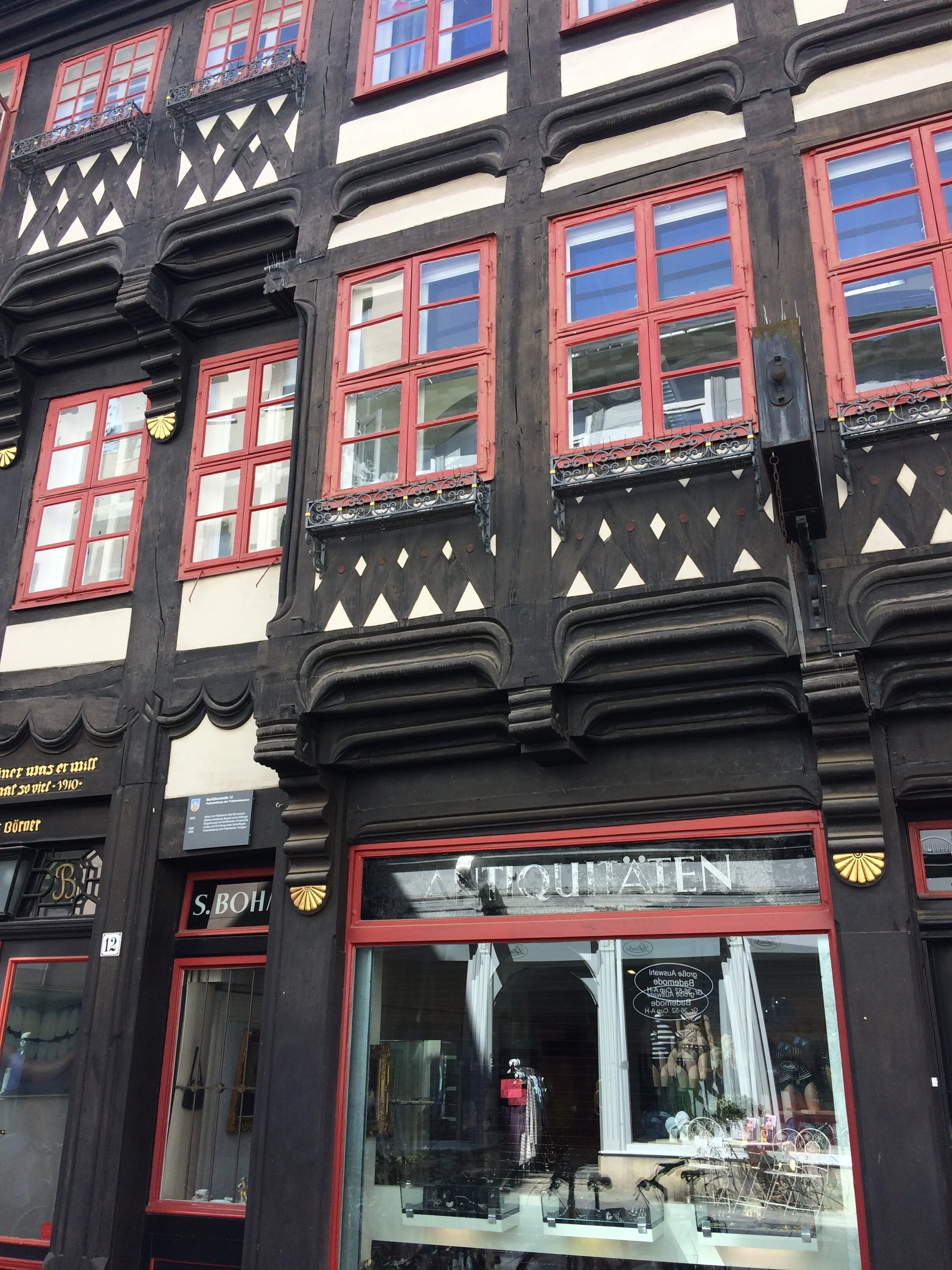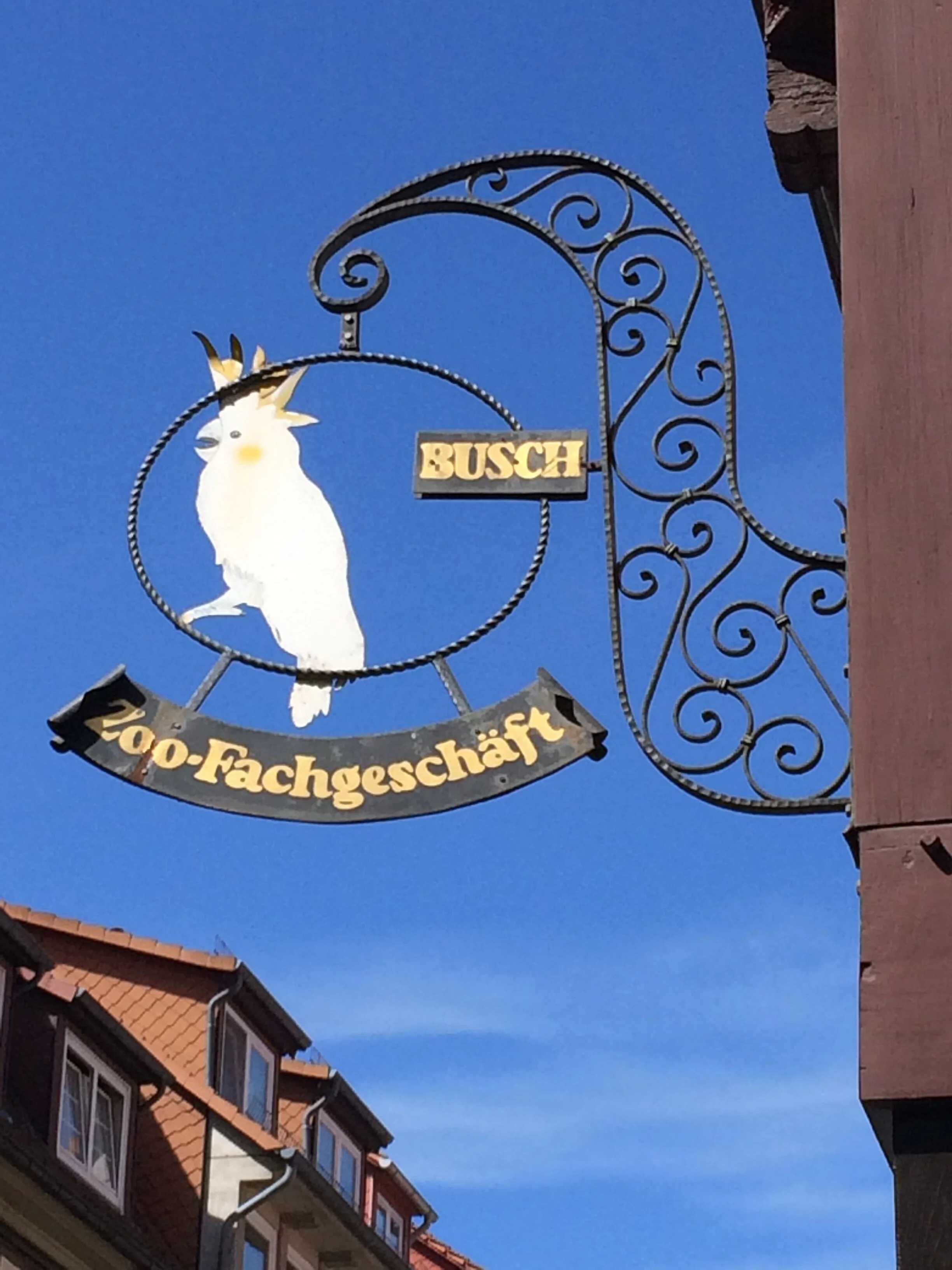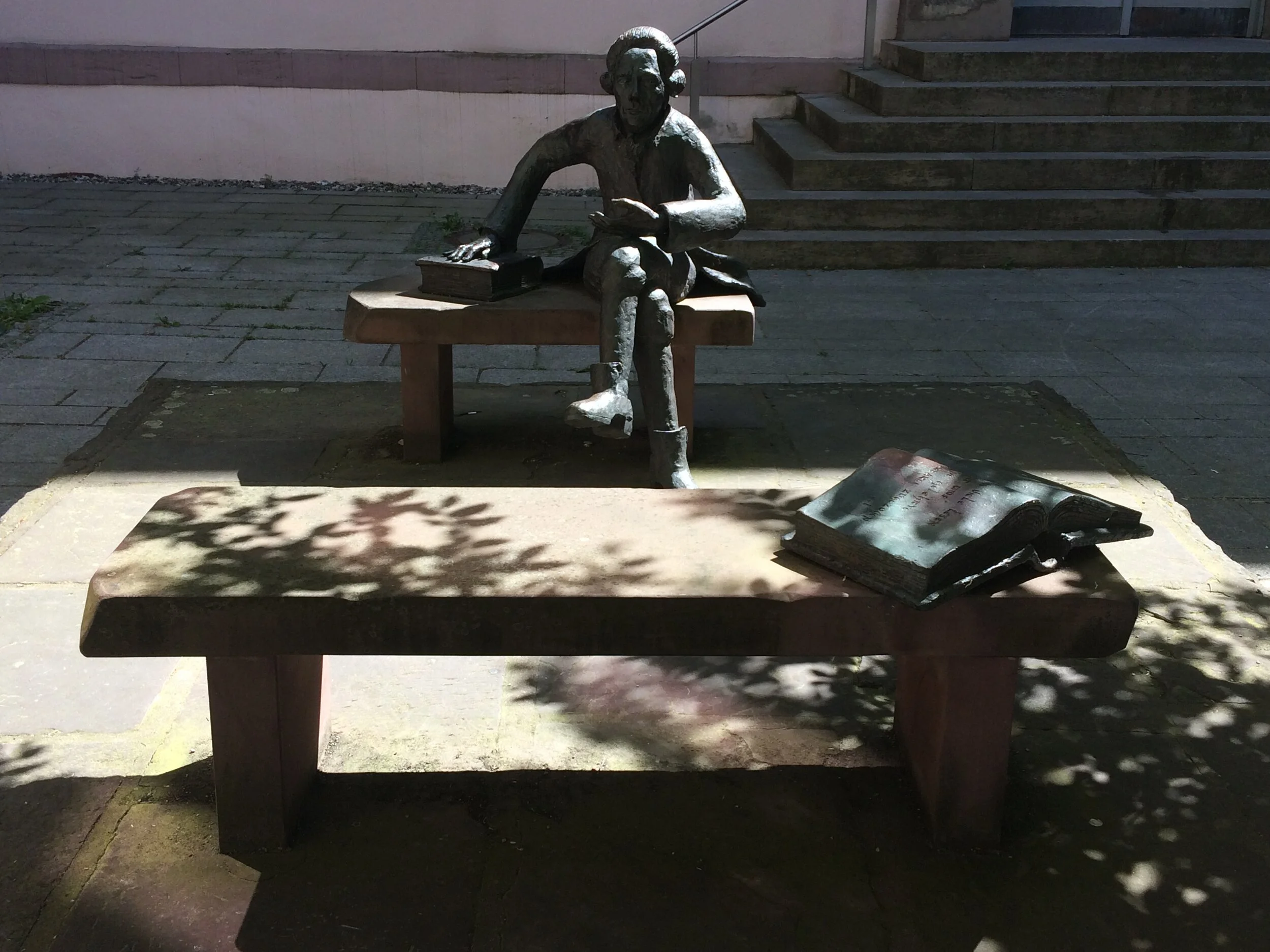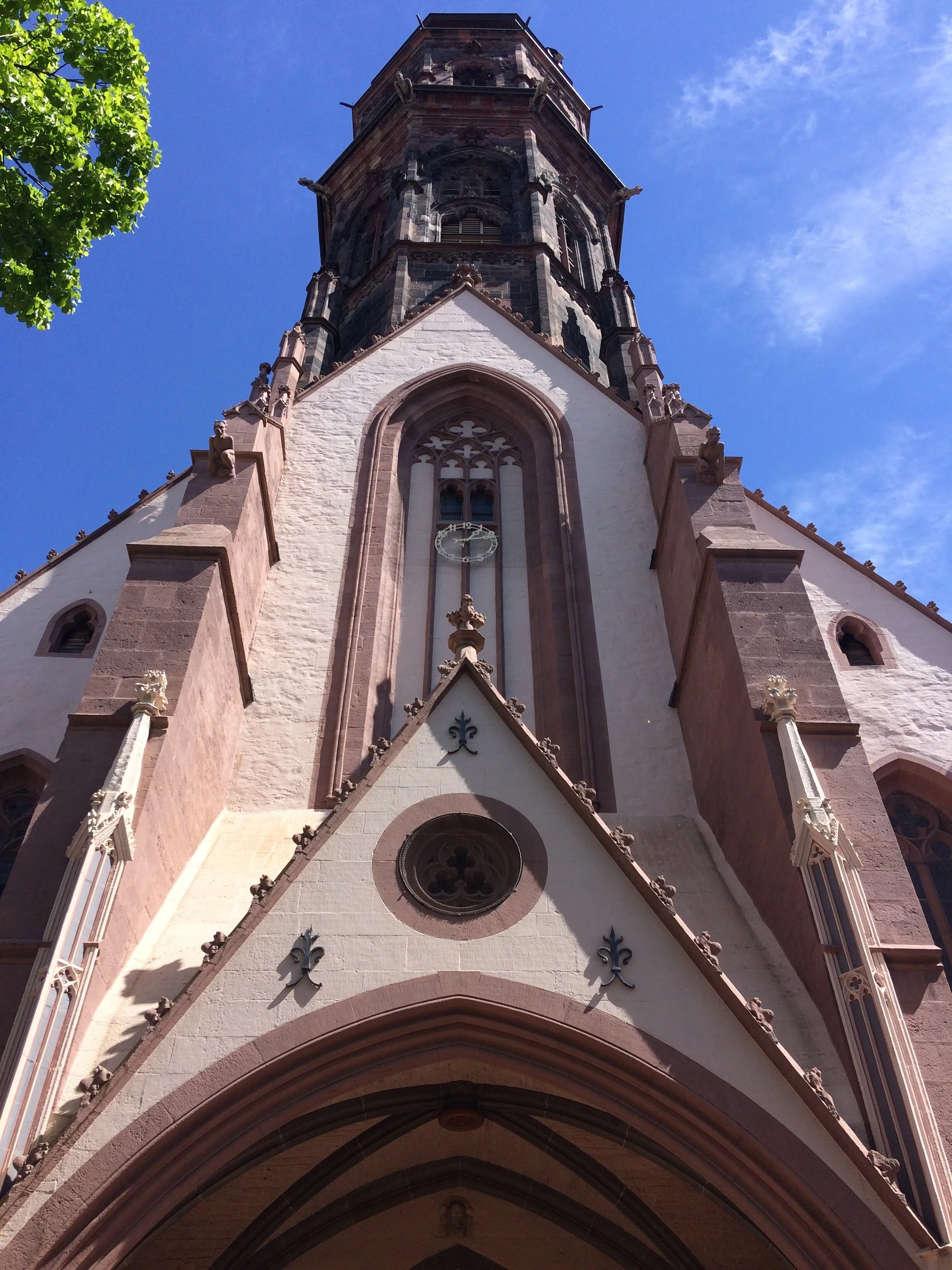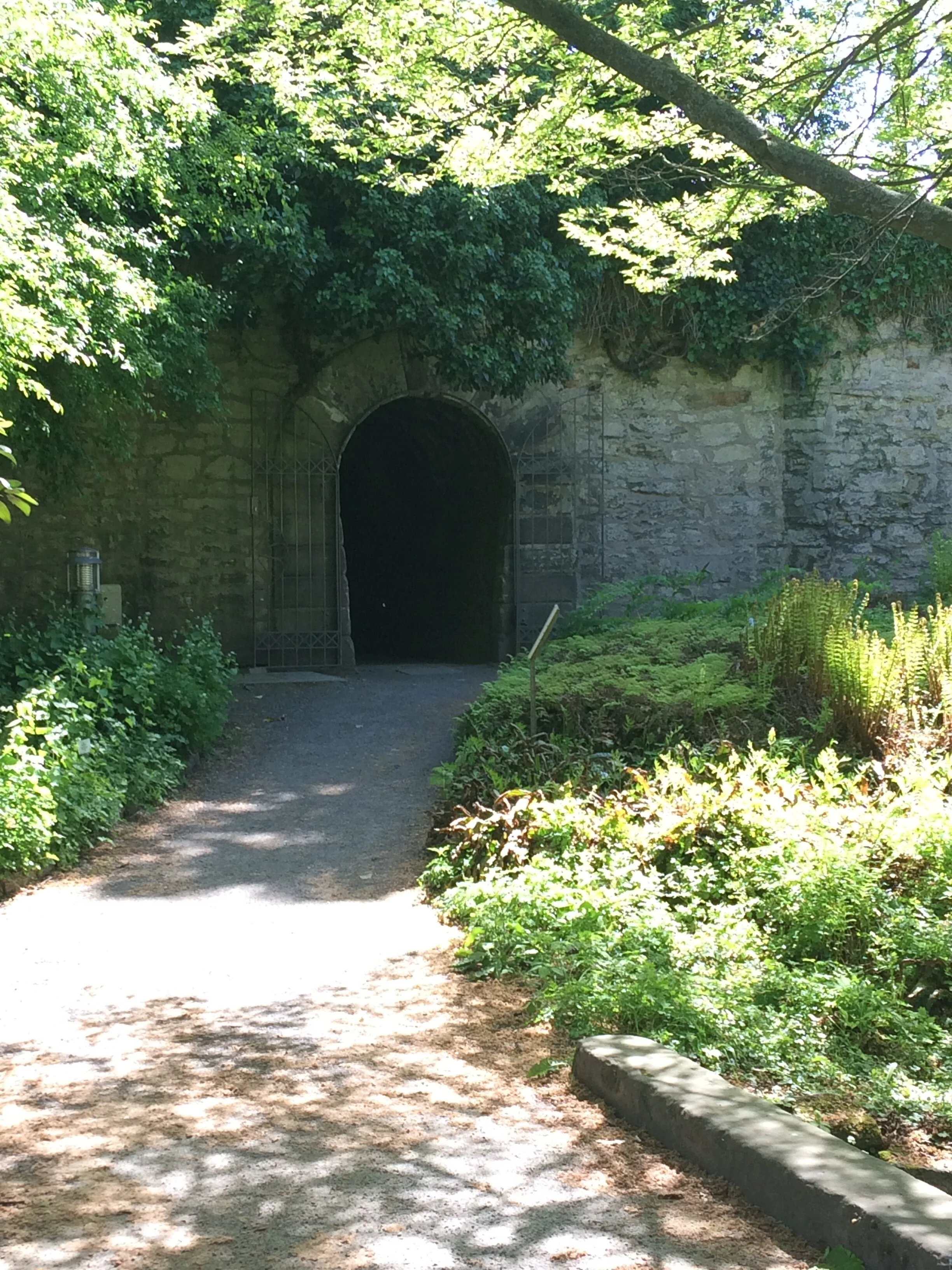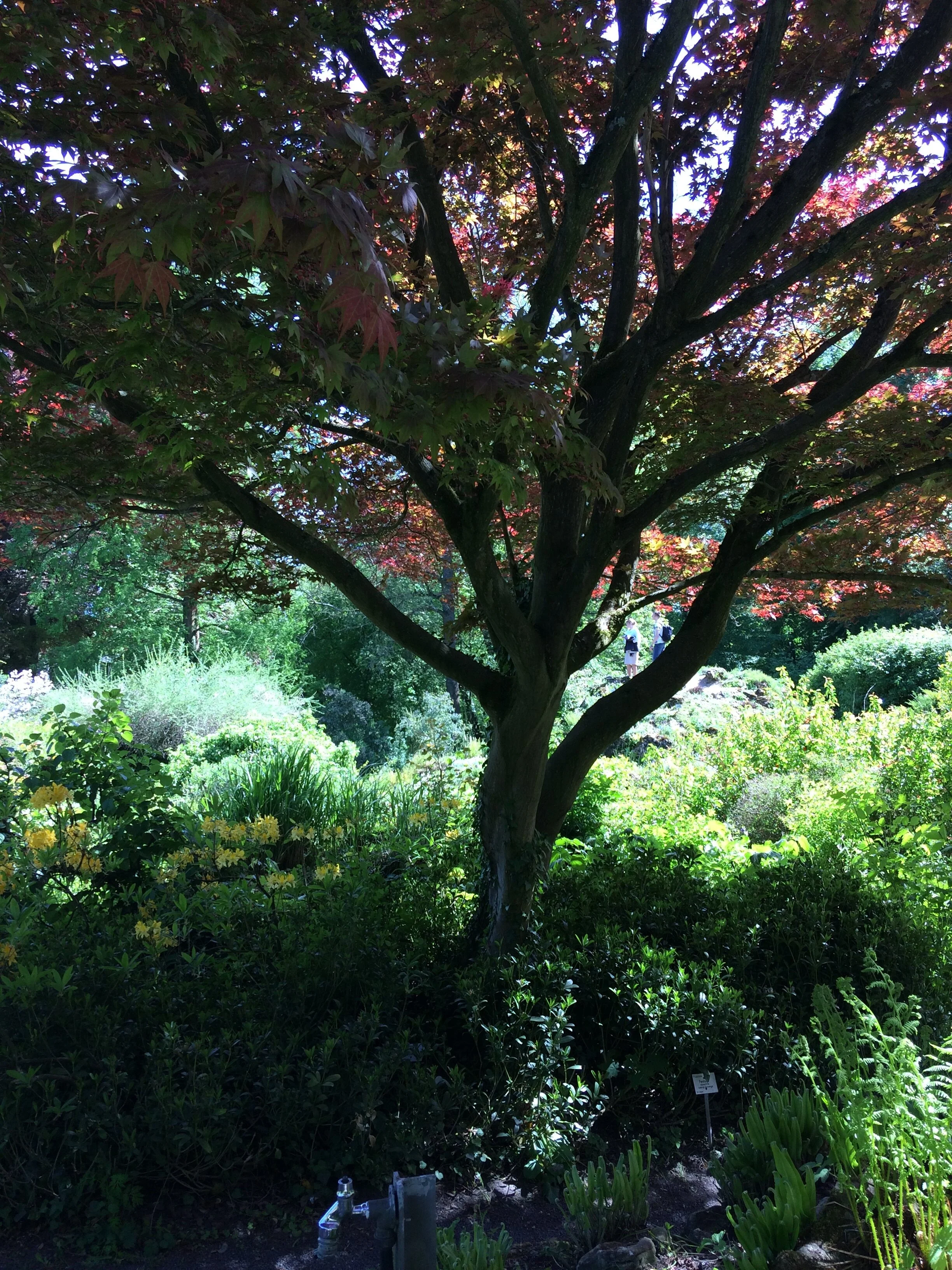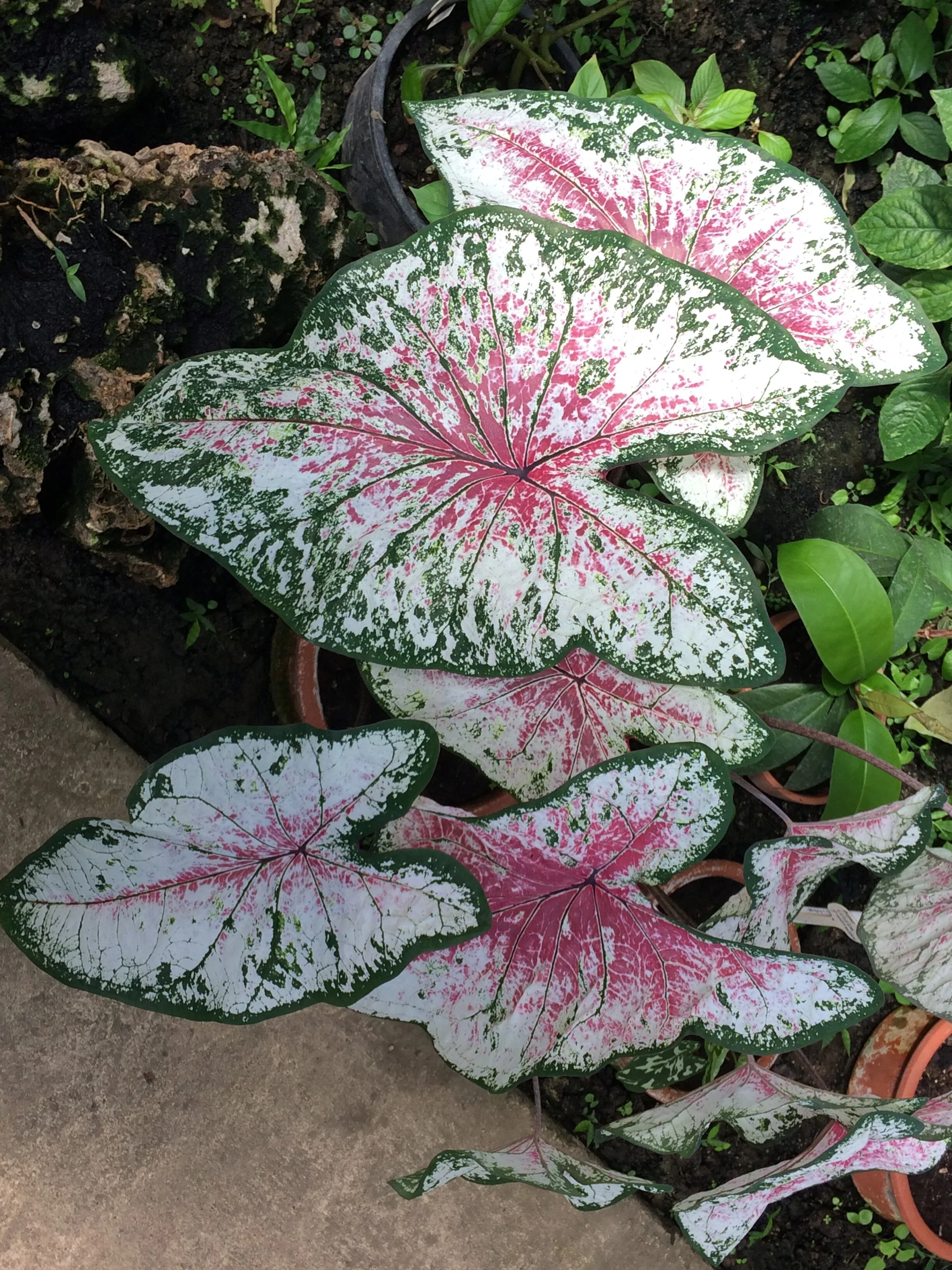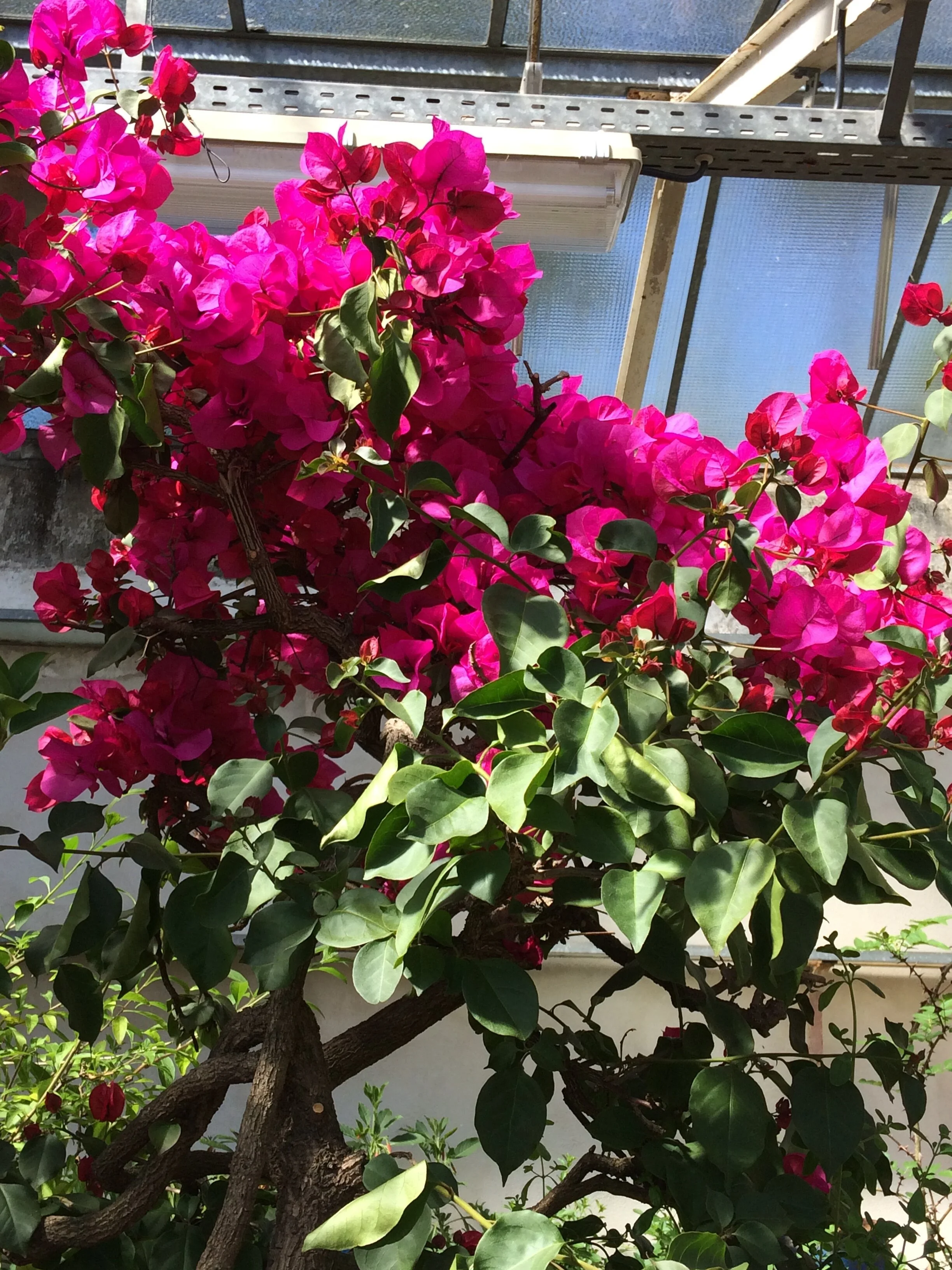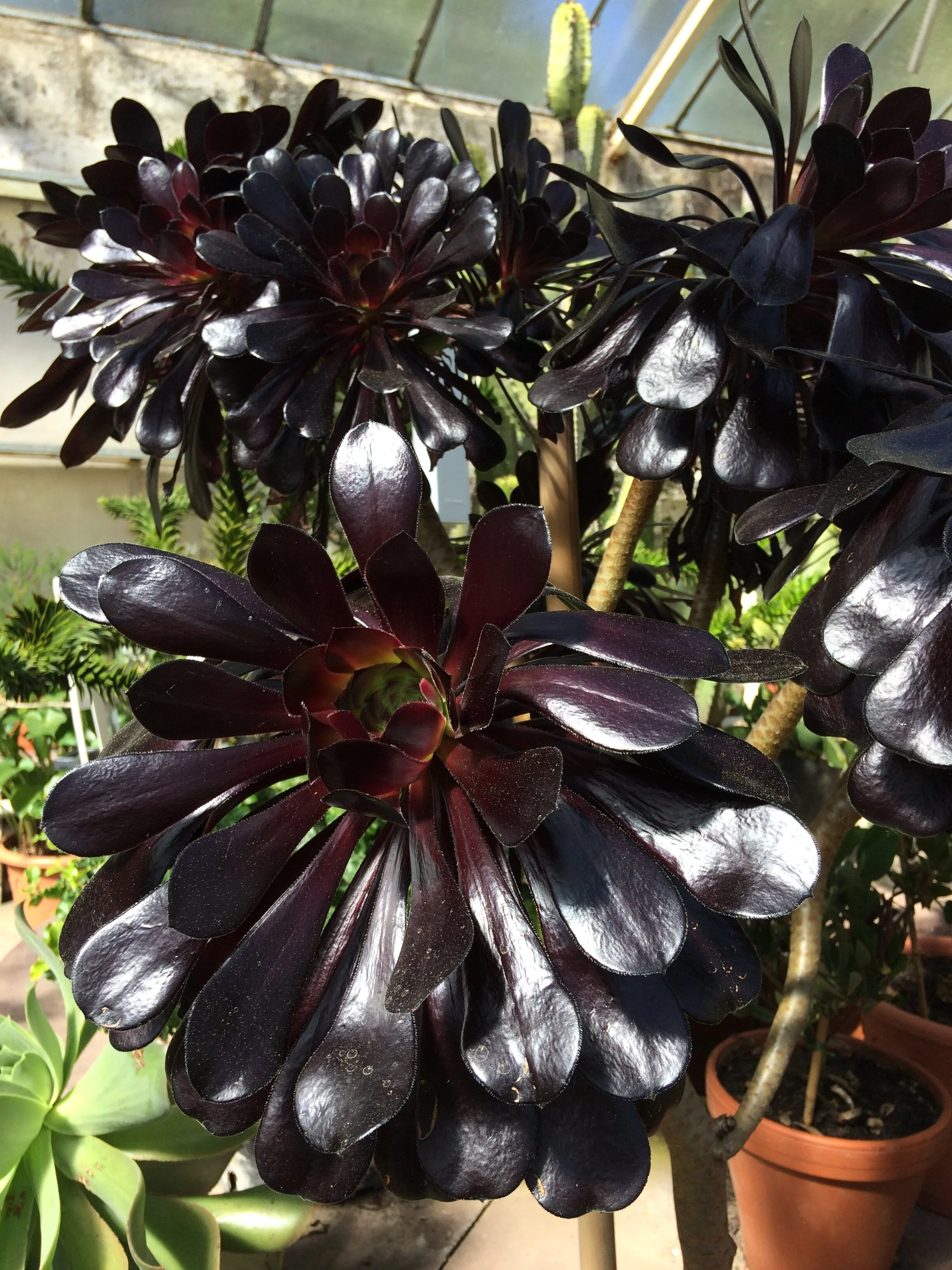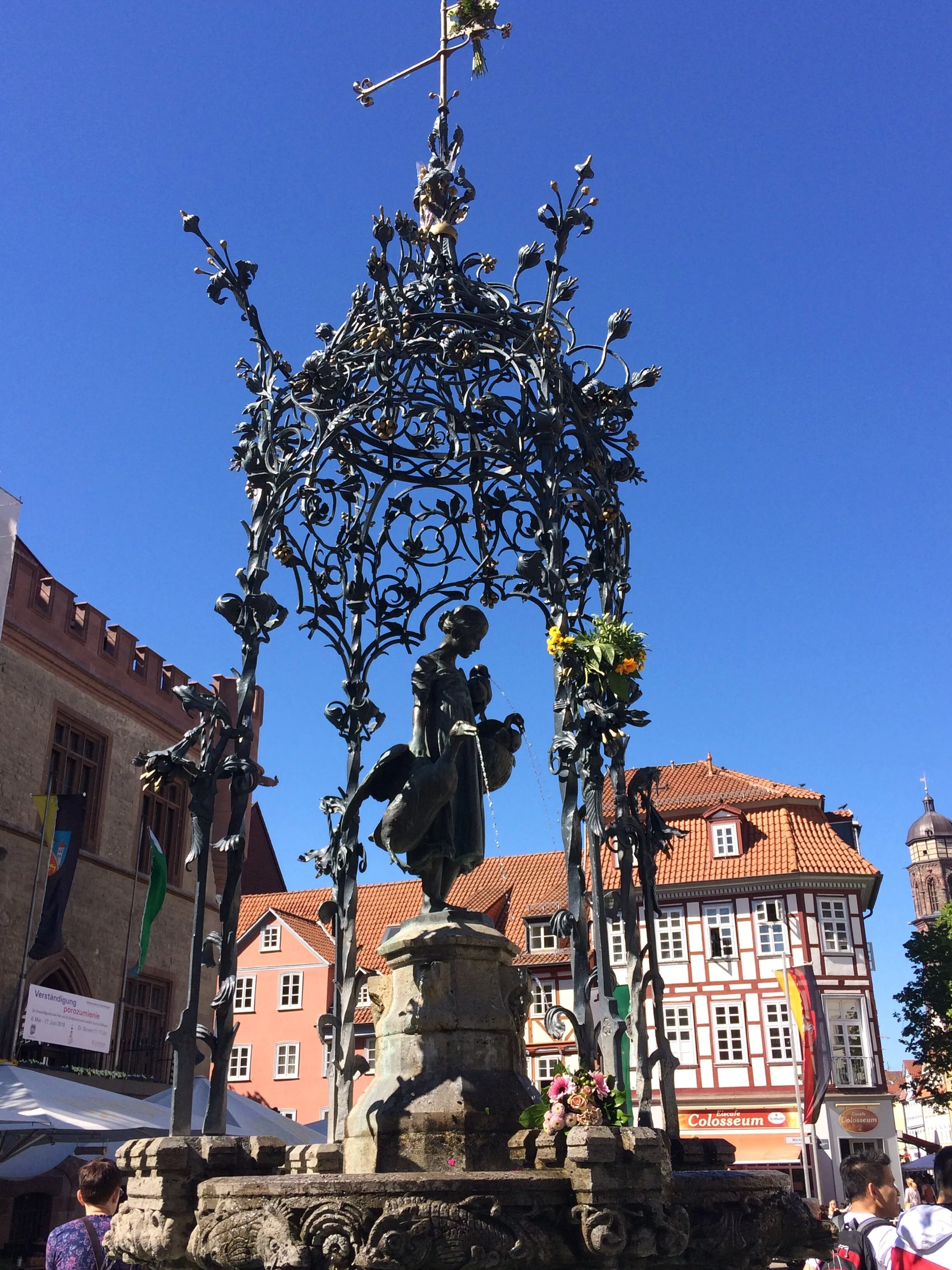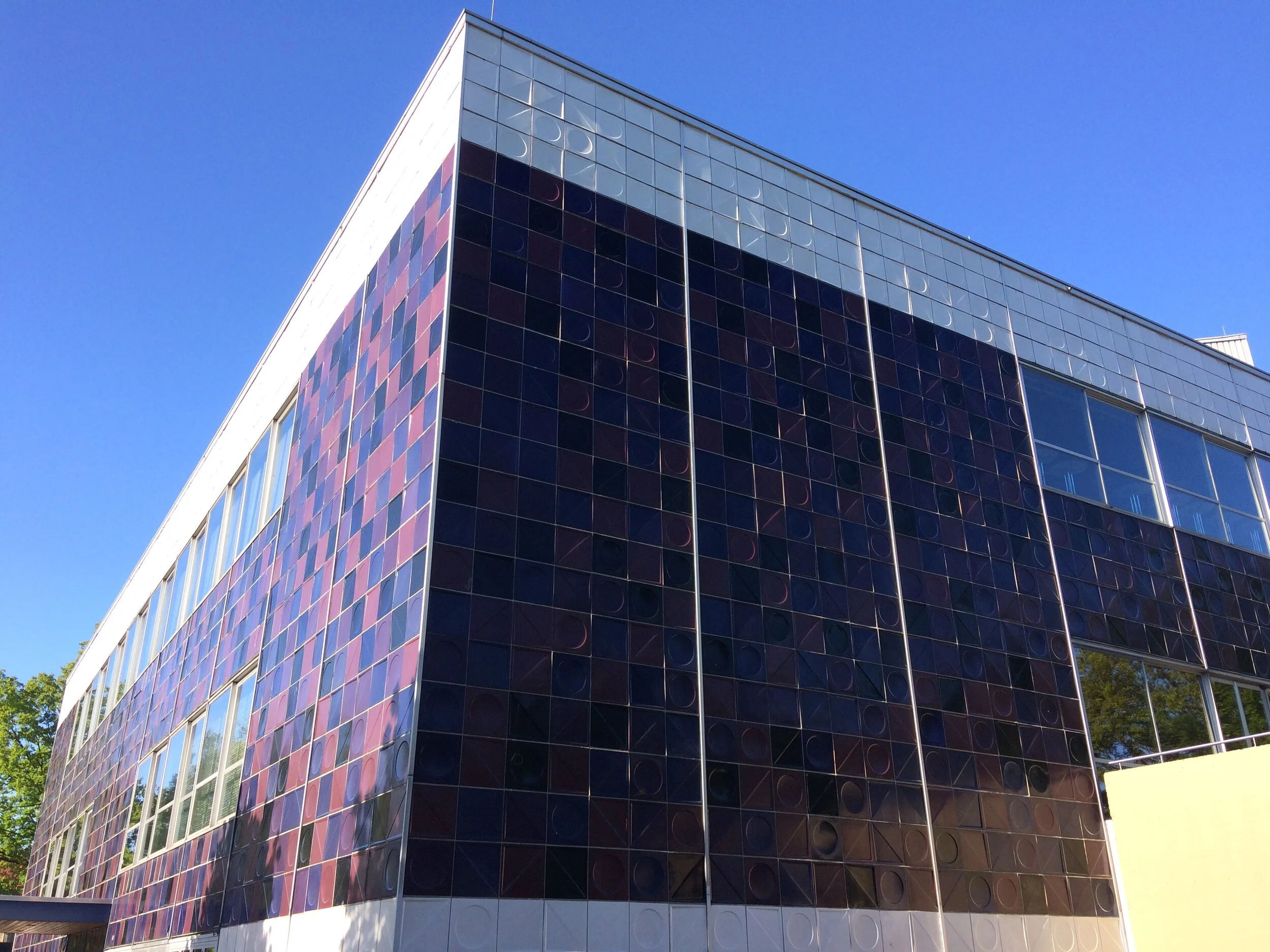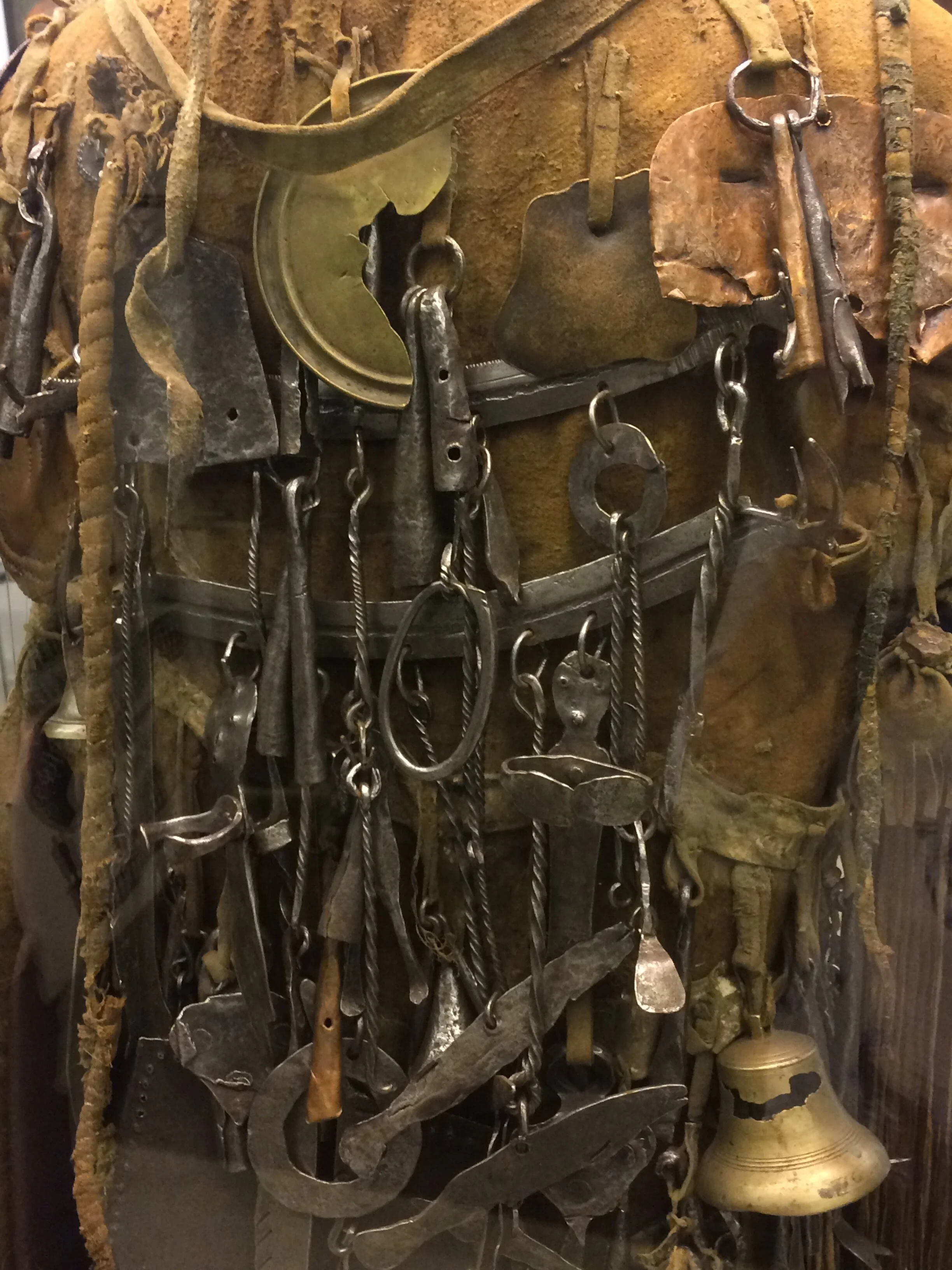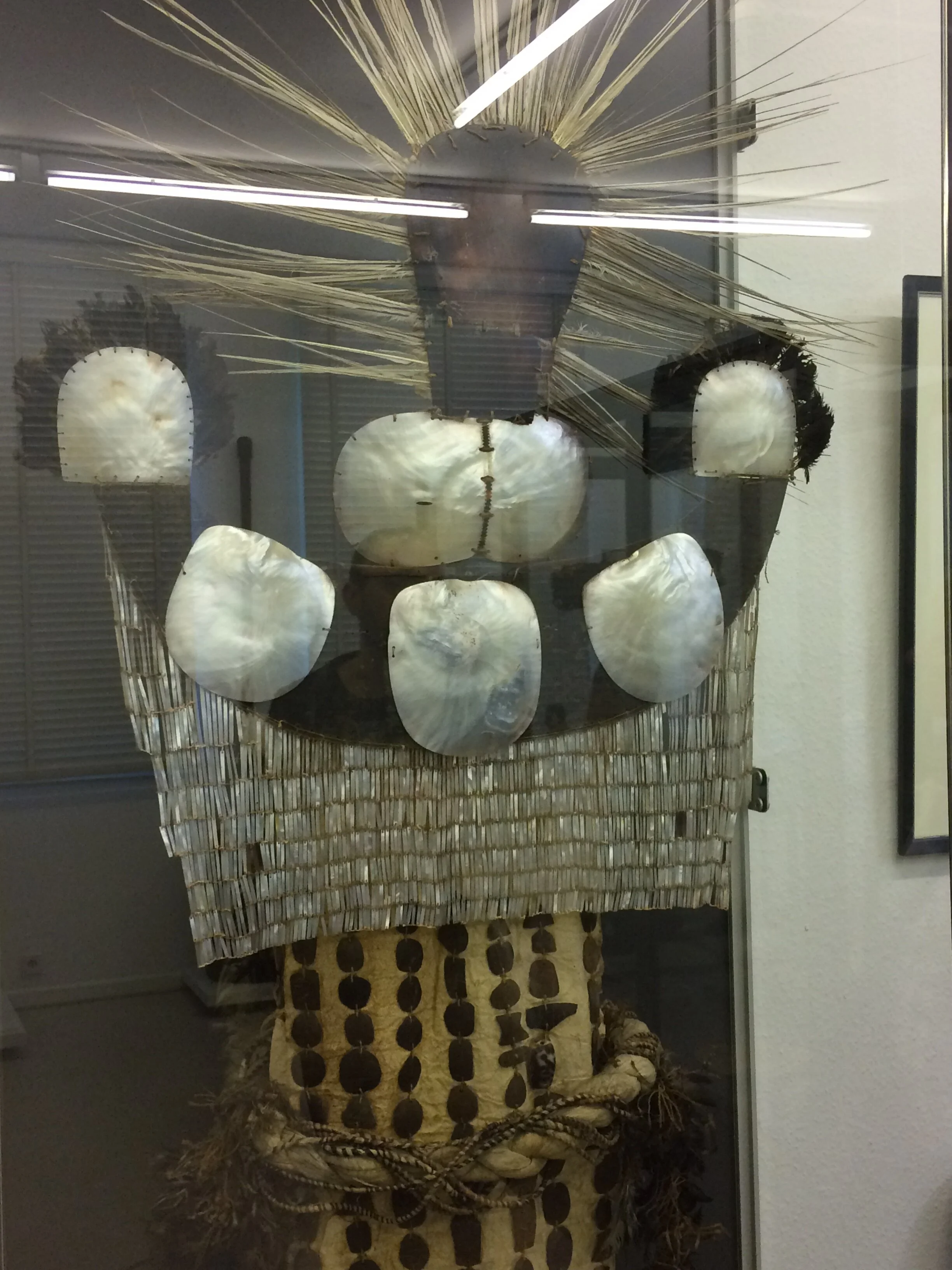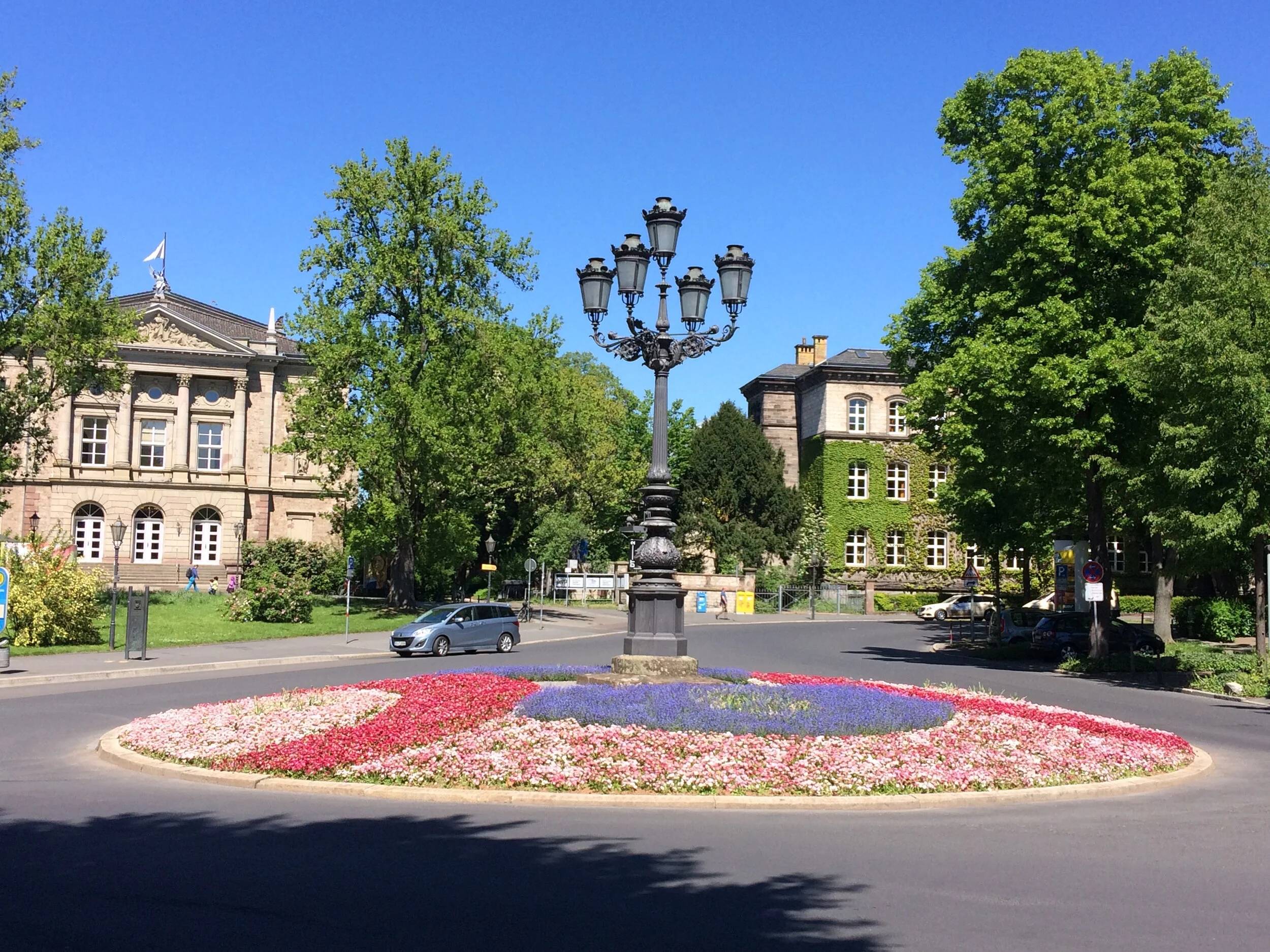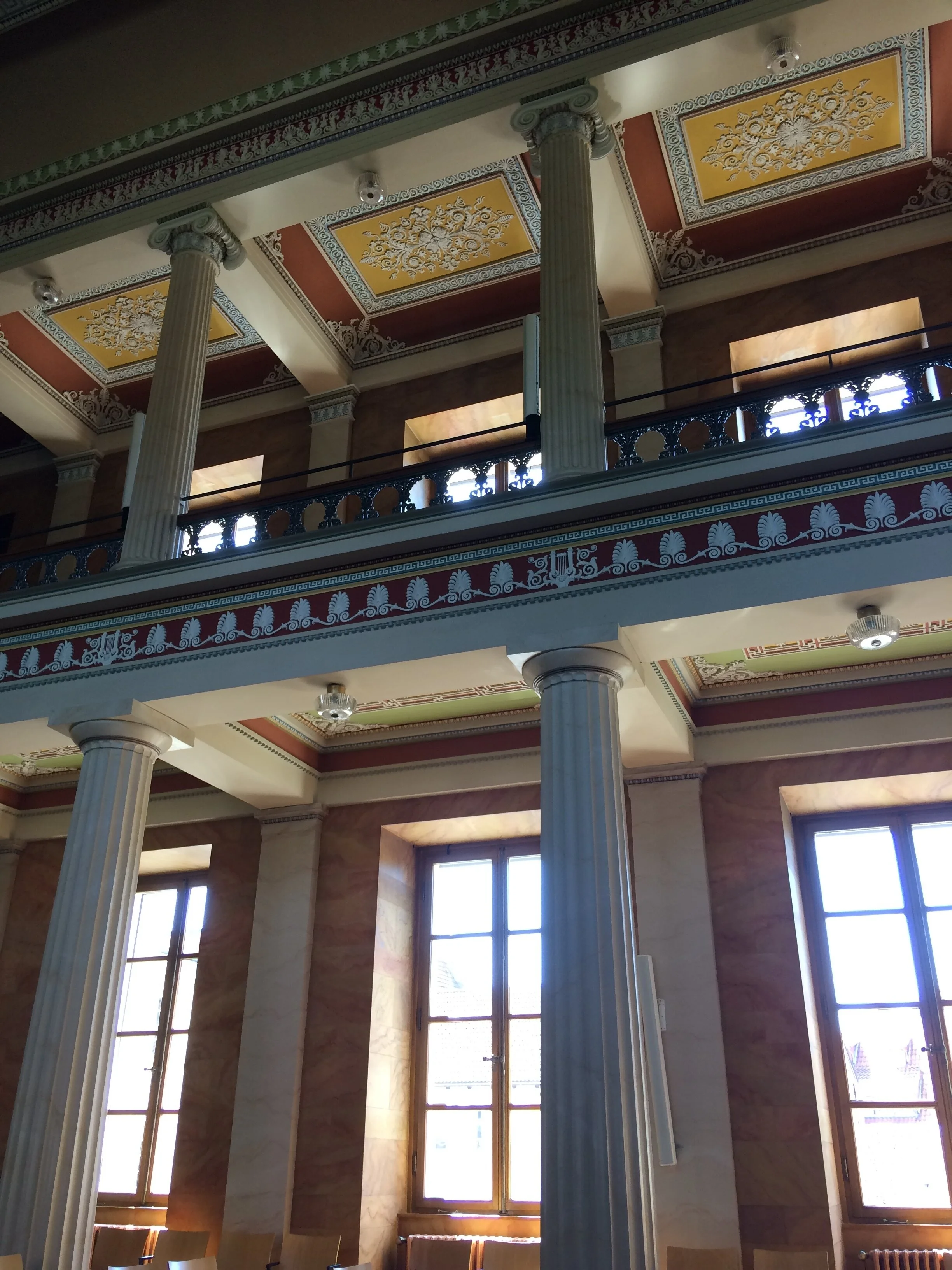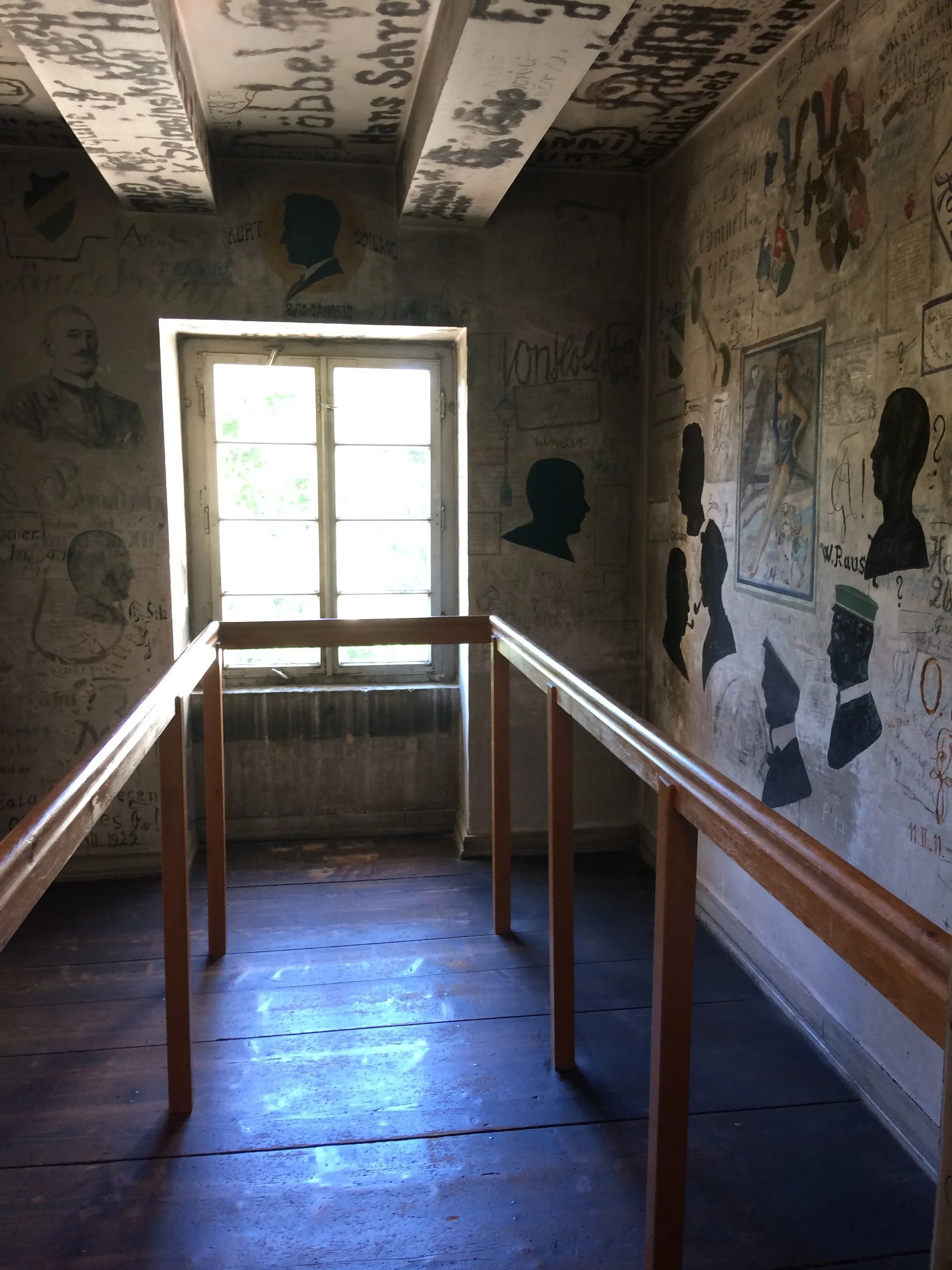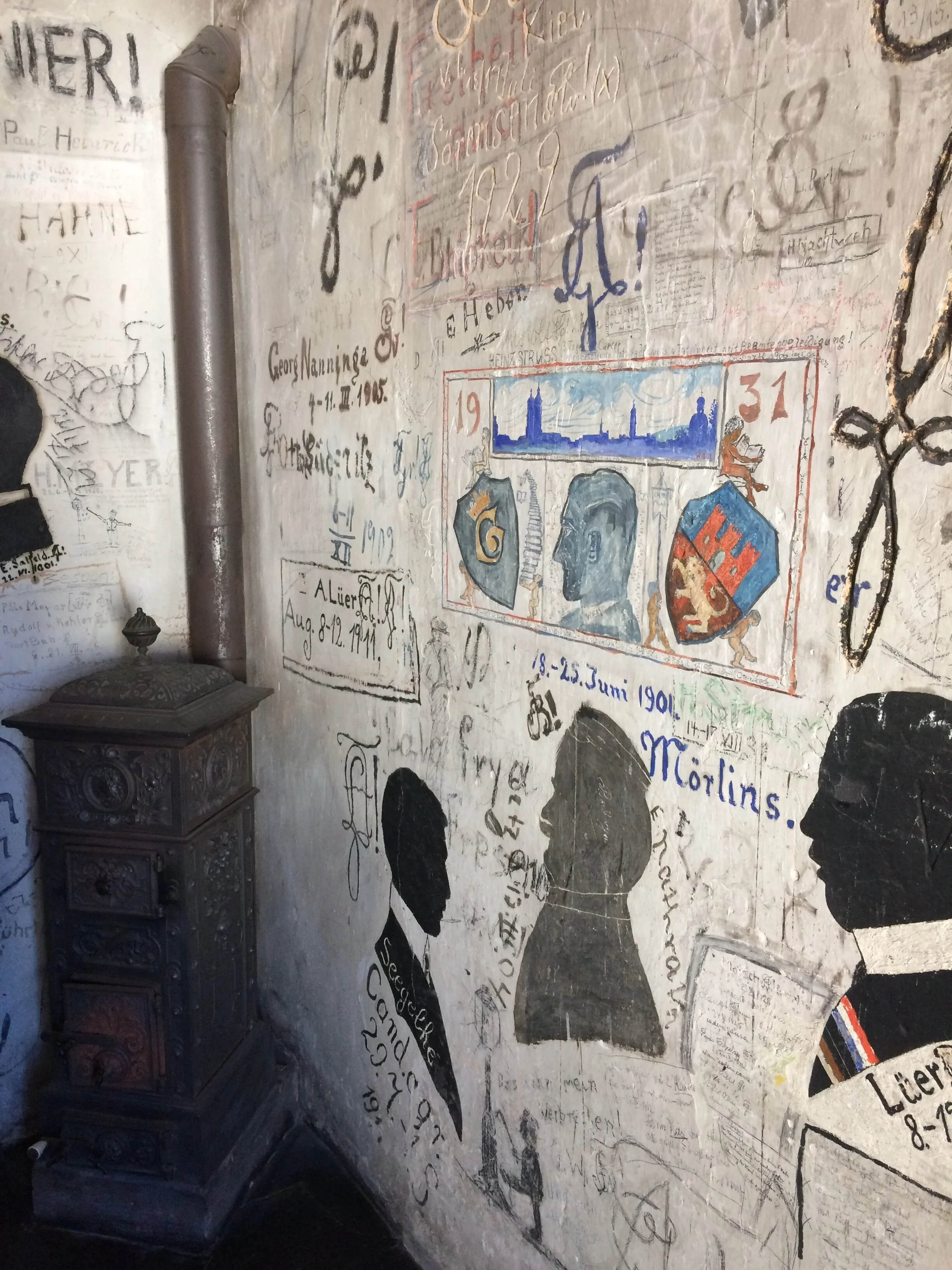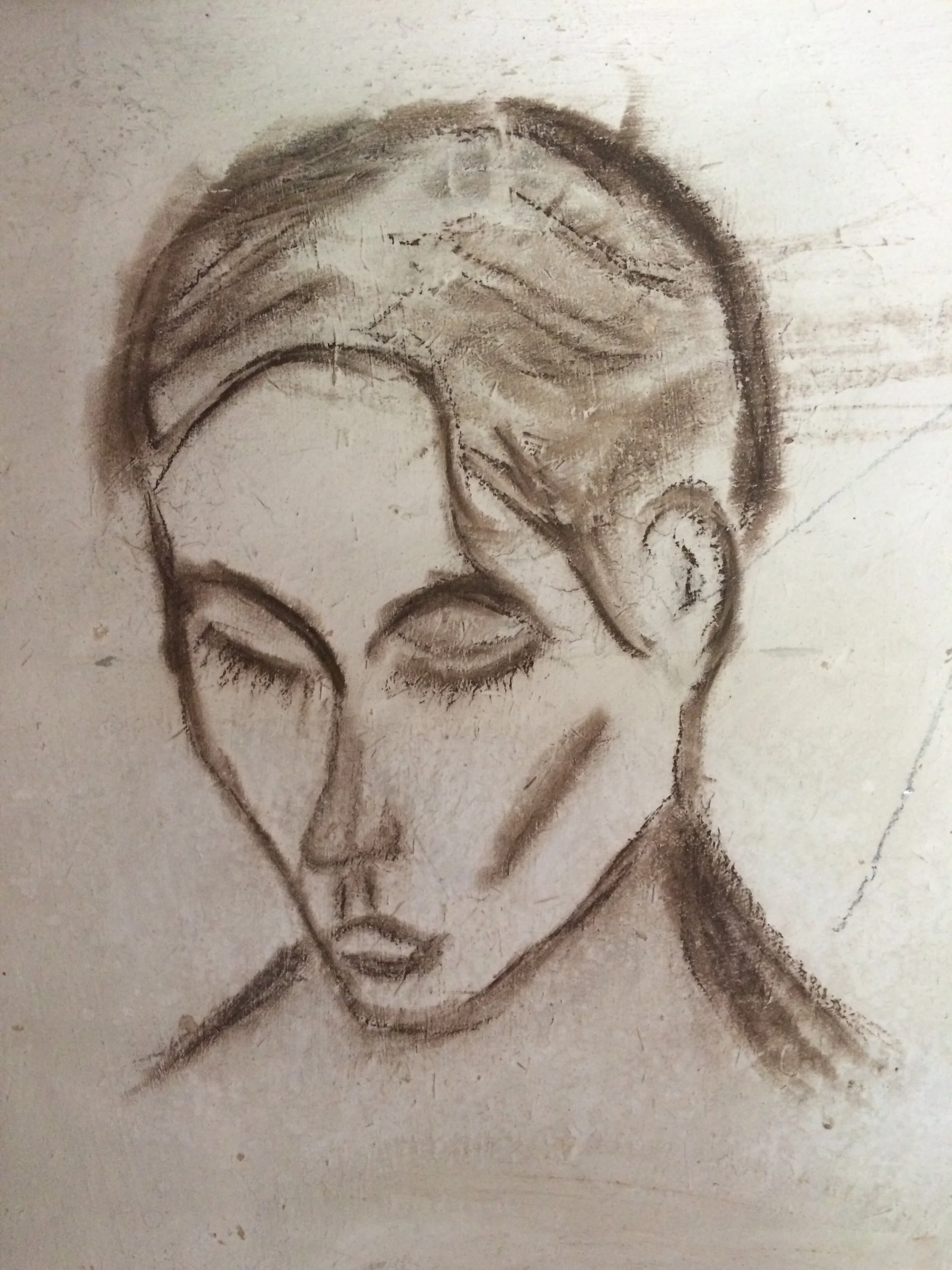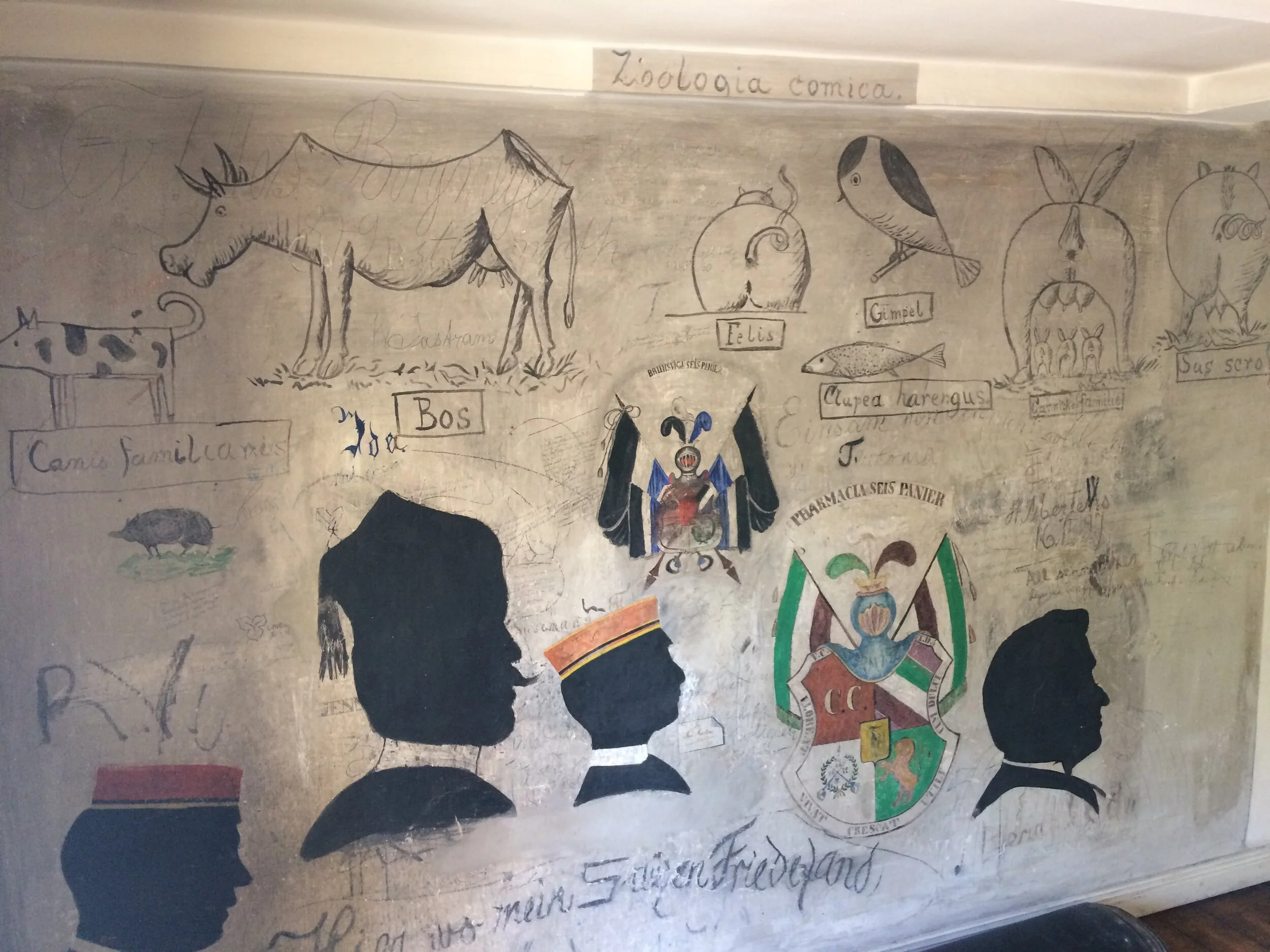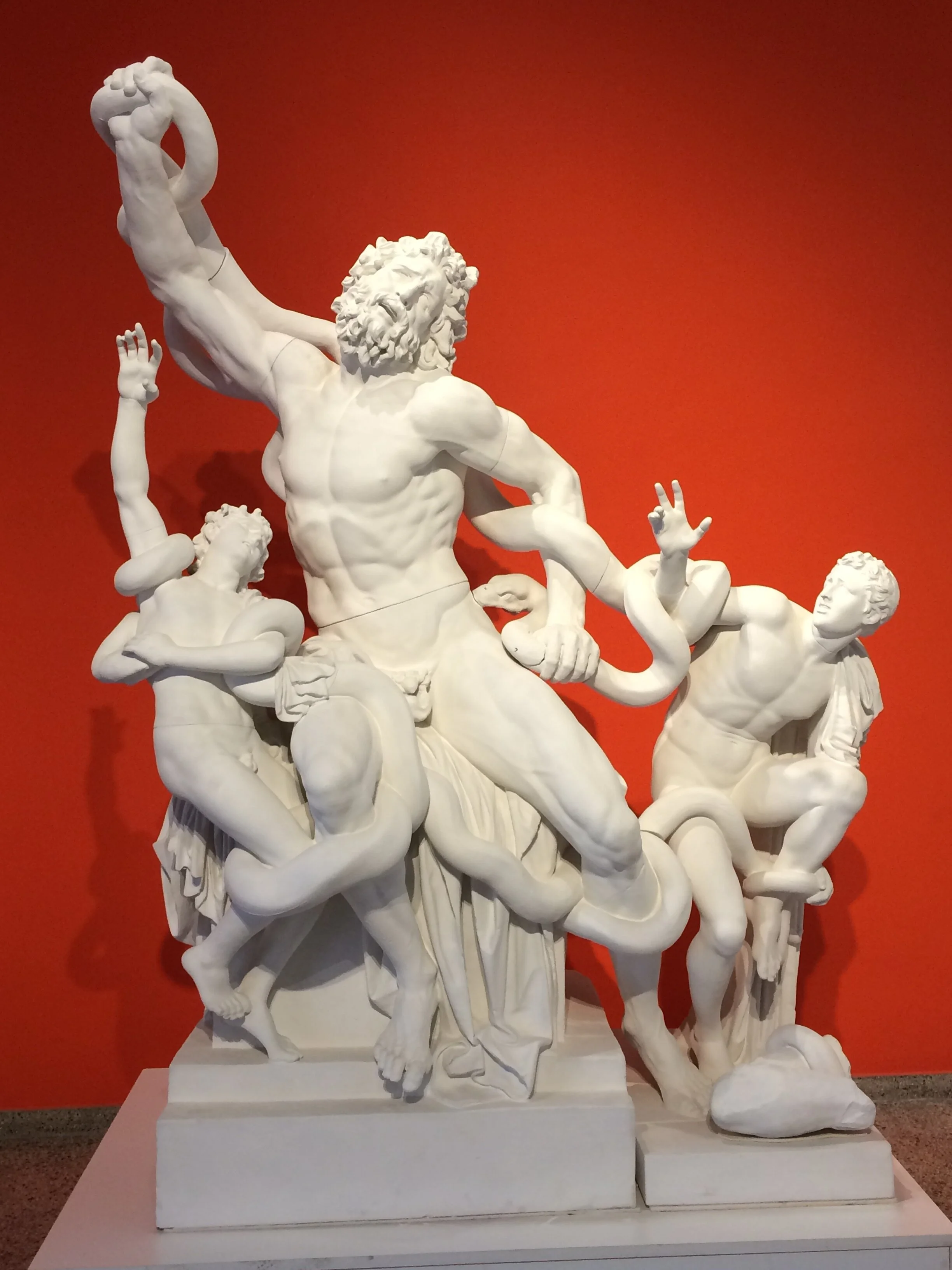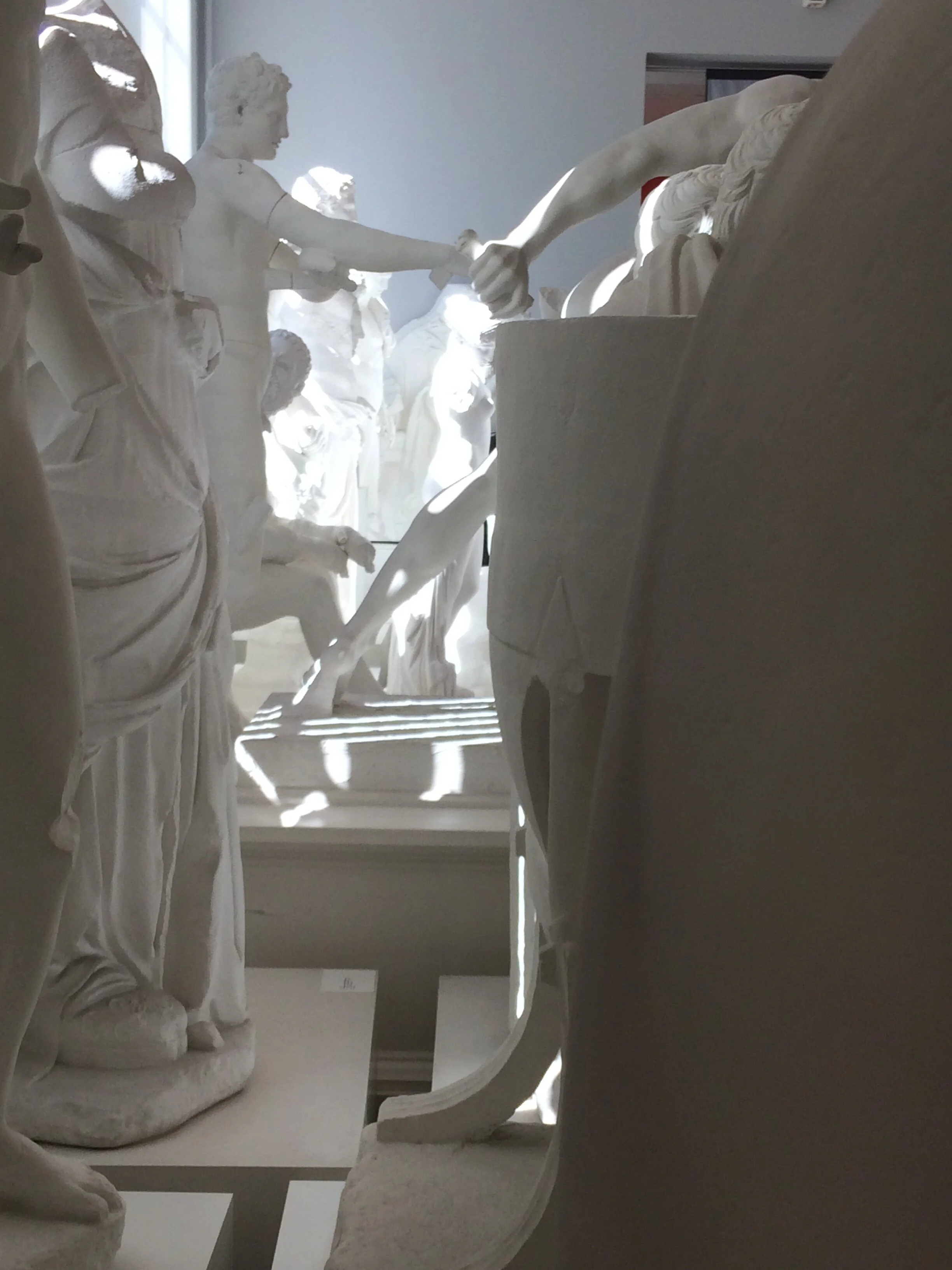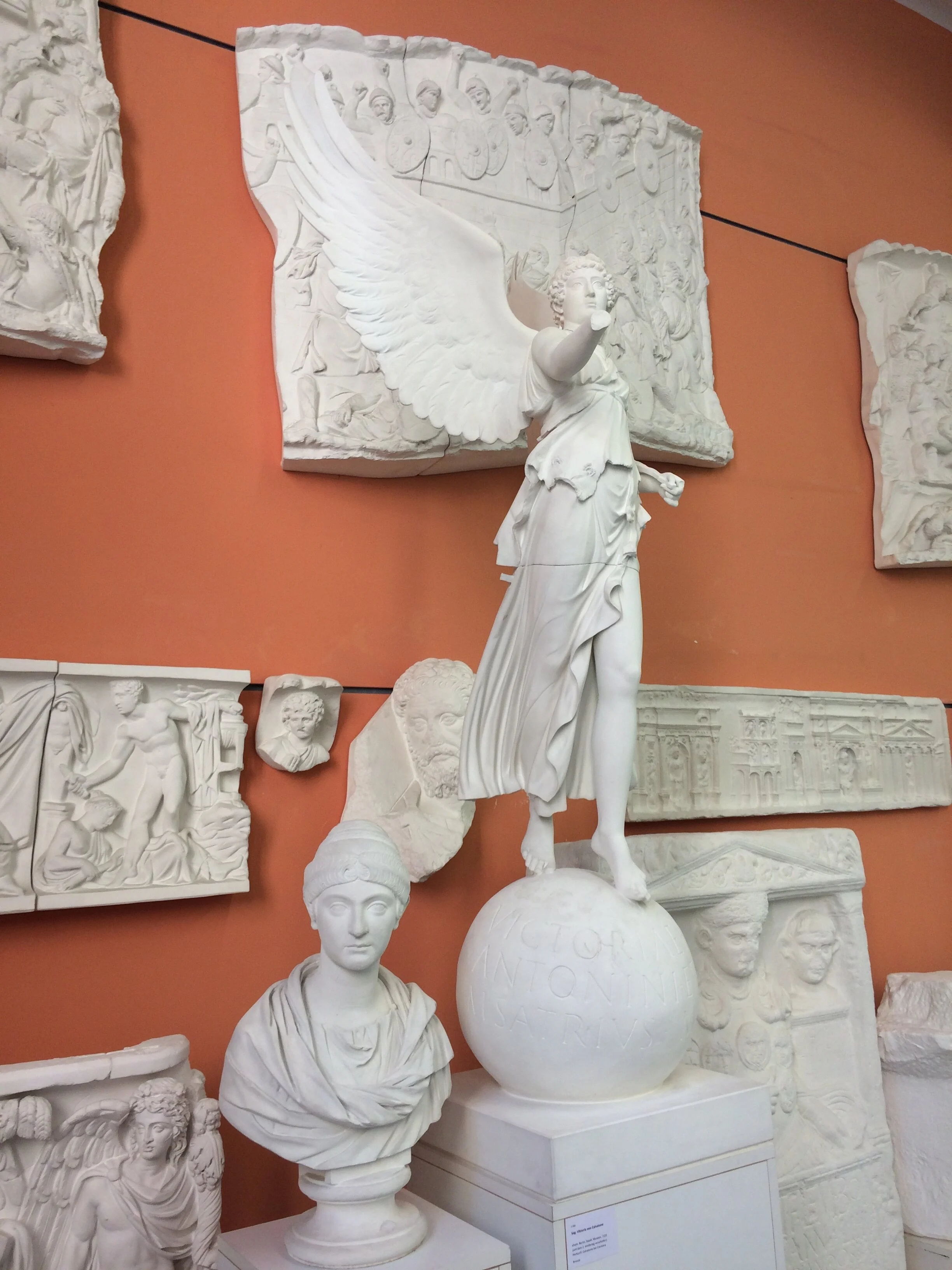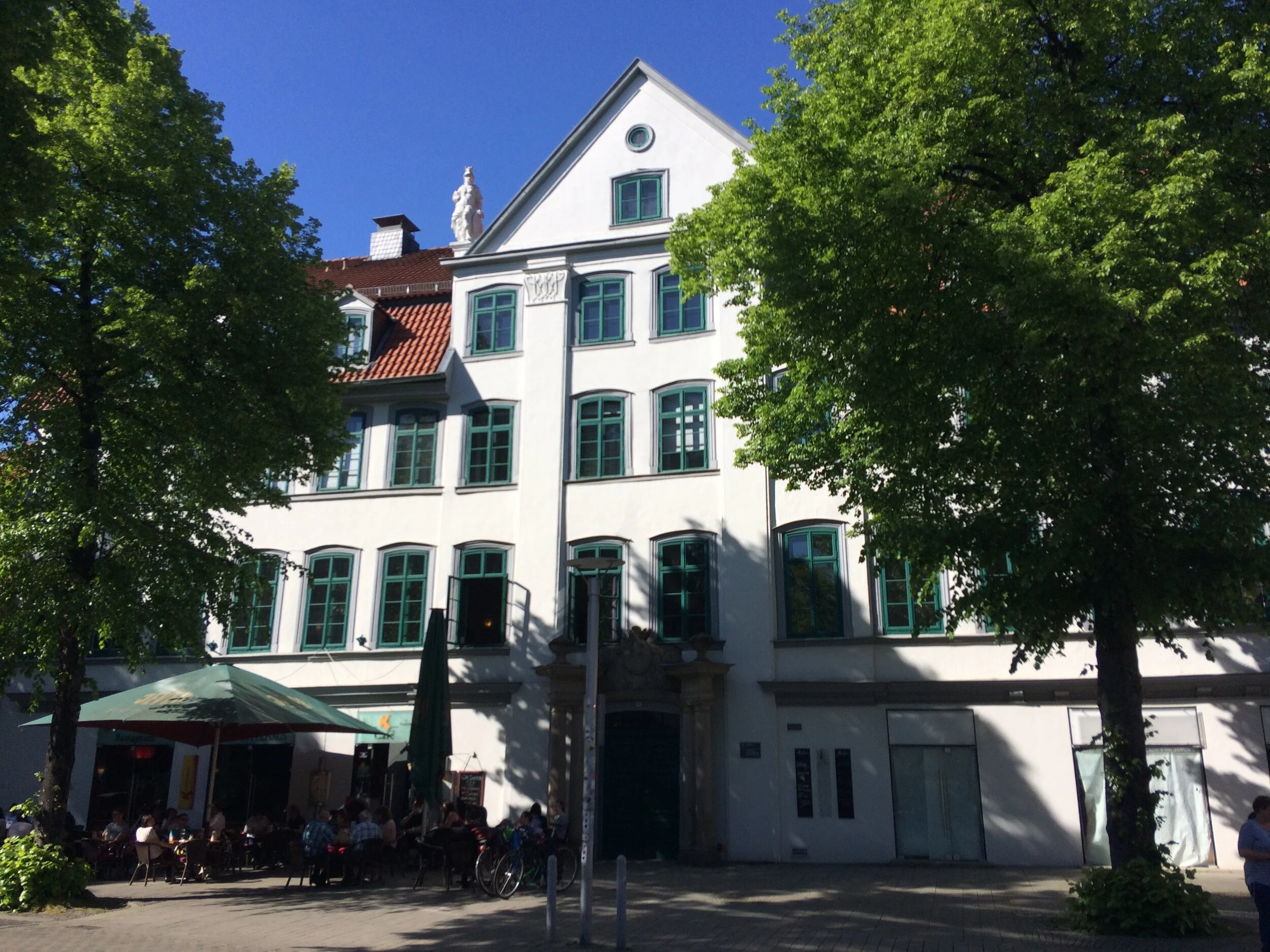Göttingen’s got it going on
Last weekend I was lucky enough to be in sunny Göttingen. Many readers of this blog may not have heard of this city in Germany, but you should have. Near to Hannover, Göttingen hosts the Georg-August Universitat founded by the Elector of Hannover in 1737. He was also George II, King of Great Britain, the second Hanoverian to unite the two realms in the personal union, which lasted until Victoria became Queen of Britain but not Electress of Hanover in 1837. So Göttingen has many ties to Britain.
The University is home to a spectacular group of collections, currently largely housed in their departments, and open to the public on Sundays. My tour comprised the ethnographic collections, which include a Tahitian mourning costume brought back by the Forster's from the 2nd voyage led to the Pacific by Captain Cook, an extraordinary shaman's outfit from northern Russia, and John Russell's beautiful portrait of the Inuit Mikak and her son. The cast collection of antique sculpturesincludes all the usual iconic pieces - the Dying Gaul, the Winged Victory, the Apollo Belvedere, Discobolus - gathered in side-lit rooms with richly coloured walls, so that they look as if they have come together for a meeting and might step forward to greet you. The old botanical gardens are a wonderful spot for a sunny Saturday, complete with Alpinum and glasshouses.
I was most struck by the tour that I went on of the Aula, or Great Hall, given to the University by William IV for its centenary in 1837. The interiors are lavishly decorated in neoclassical style, with a hierarchy of schemes following famous German historian Johann Joachim Winckelmann's hierarchy of the arts of ancient Greece and Rome. The Great Hall houses the 'Wall of Kings' at the far end, with grand portraits of the Georges, William, and Ernst August, who became Elector when Victoria couldn't. Most extraordinary, though, is the University Karzer, or prison, in the same building, used to discipline students who got drunk or up to high jinx like putting out lamps or stealing policeman's hats. The cells have been preserved complete with the graffiti that covers every window, ceiling, floor and door. This is no ordinary graffiti but a mass of silhouettes, paintings, fraternity crests, poems, jokes about professors, cartoons and more. A feast of visual and social history.
The University is working on an exciting new project to bring its collections together for the public: the Forum Wissen. This 'open house of sciences and humanities' will bring objects together in new ways, creating a laboratory within a floor-to-ceiling collection showcase where visitors can see researchers at work glimpsed between the collections. The exhibition will get you thinking about places of knowledge-making, from the market square, library and lecture hall to the blind alley, or the bath tub. It will display and question how knowledge is made with objects.
I was in Göttingen to give a lecture at the Lichtenberg-Kolleg, the University's Institute for Advanced Studies, which is housed in the wonderful refurbished Observatory building. The Kolleg is currently hosting an exhibition on Lichtenberg's human figurations - Characters and Stereotypes in the Göttingen Enlightenment - using images from art, science and travel accounts (including my old pals Hogarth and Hodges) to look at how stereotypes of race were visually produced in the eighteenth century. Using high-quality digital reproductions they've been able to bring together images that you couldn't normally show together, and create a compelling narrative of how pieces of iconography were copied and developed from one image to another.
If the taster of collections and curating that I so enjoyed last weekend are anything to go by, the future of the Forum Wissen is looking pretty exciting.


